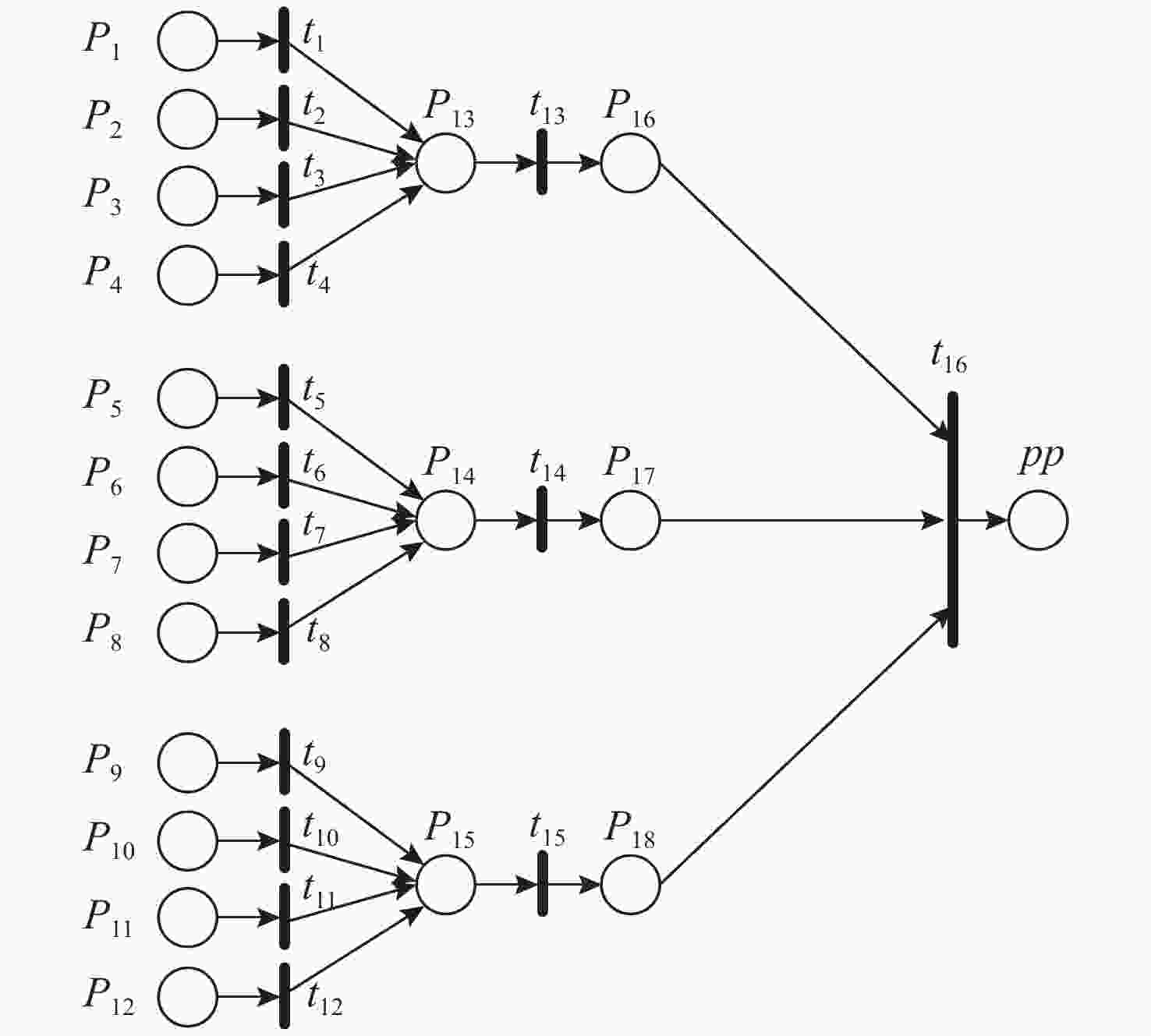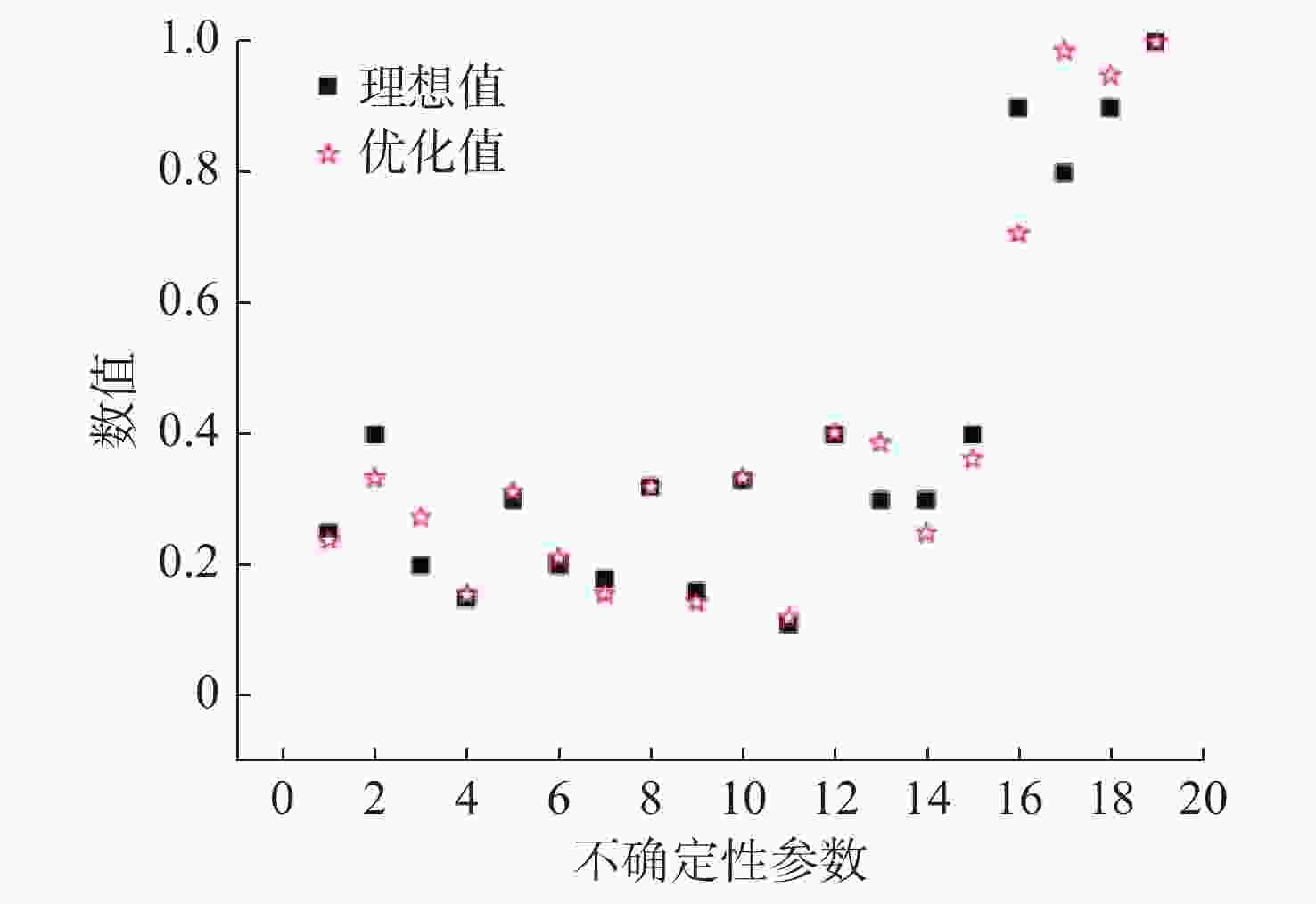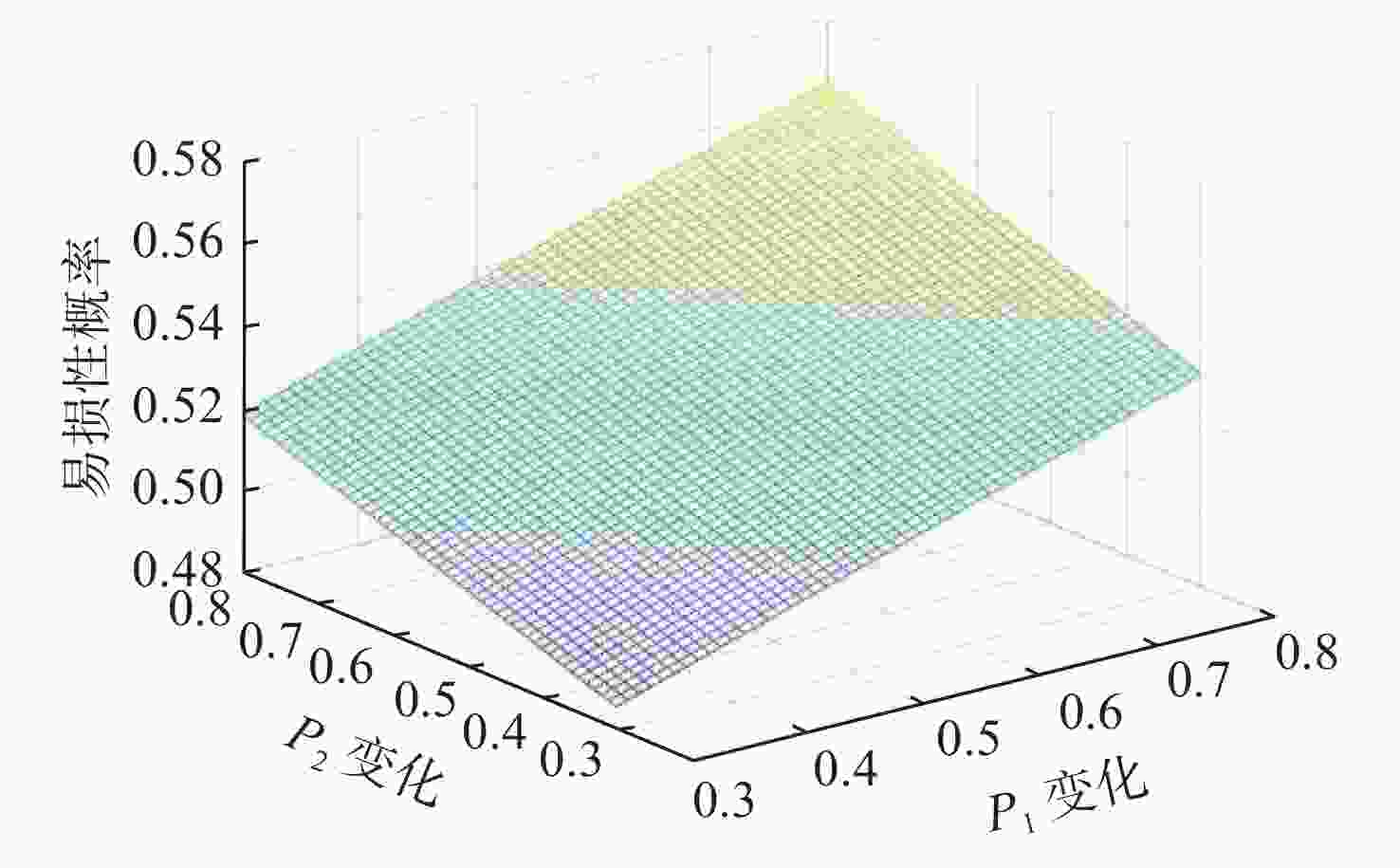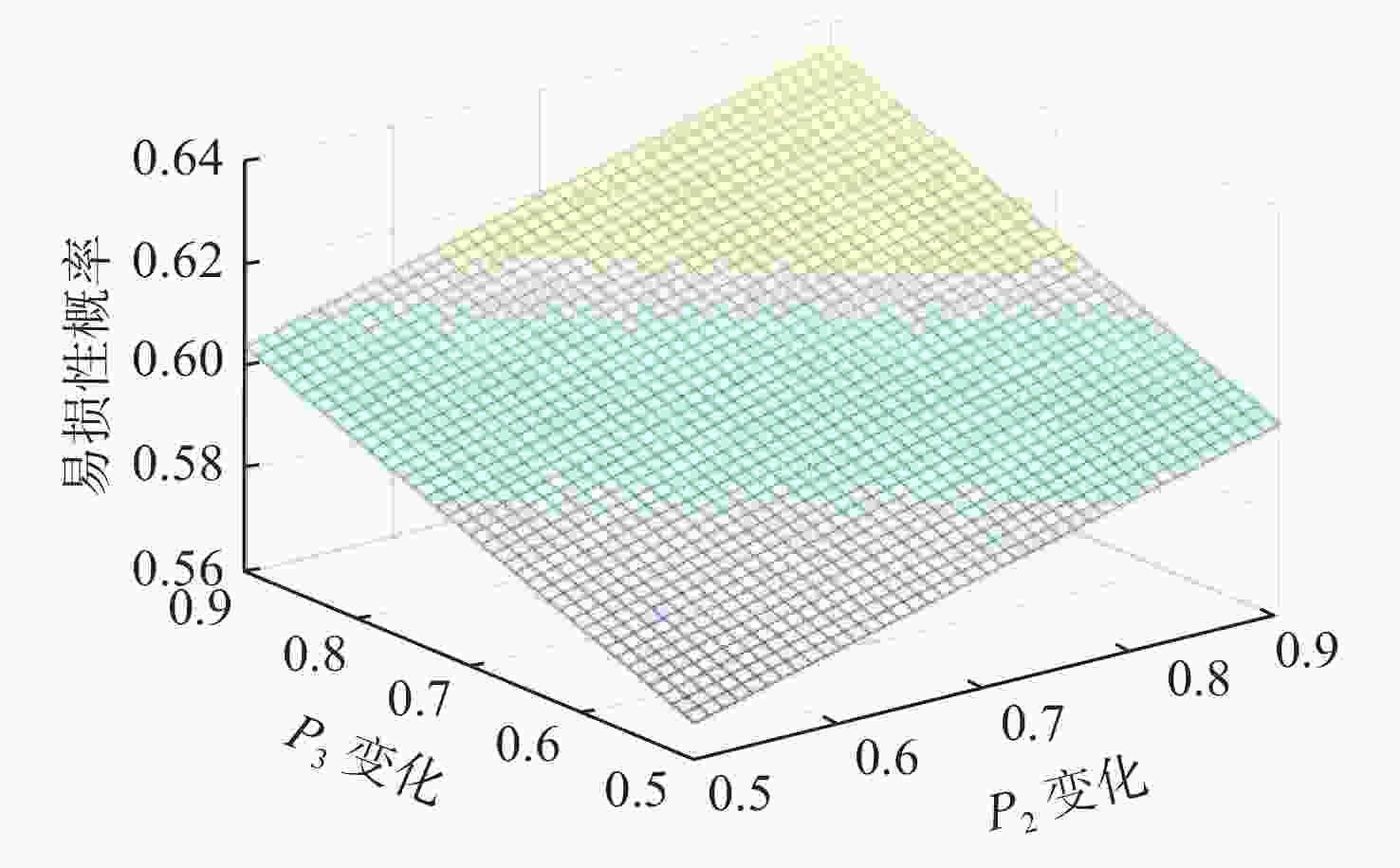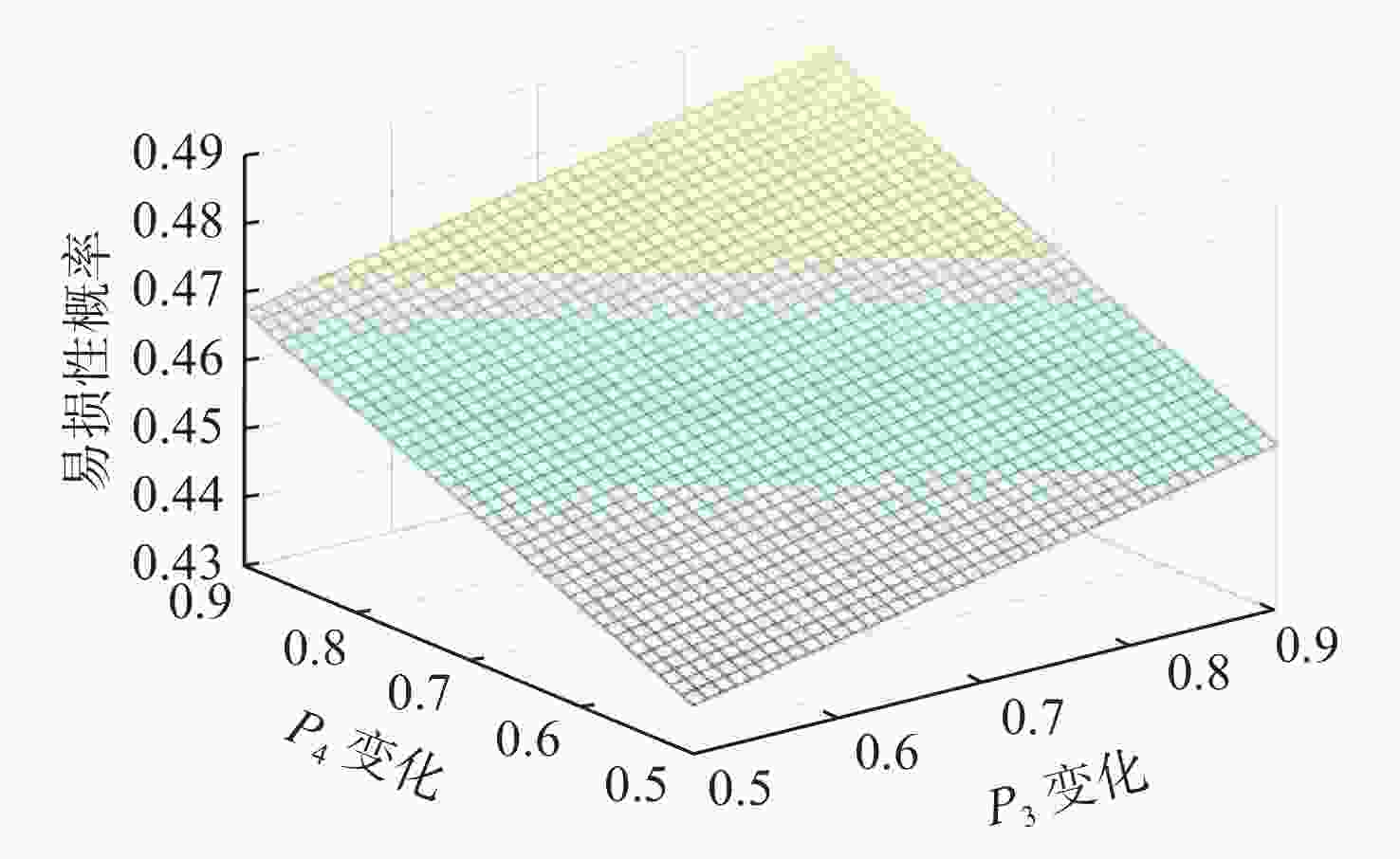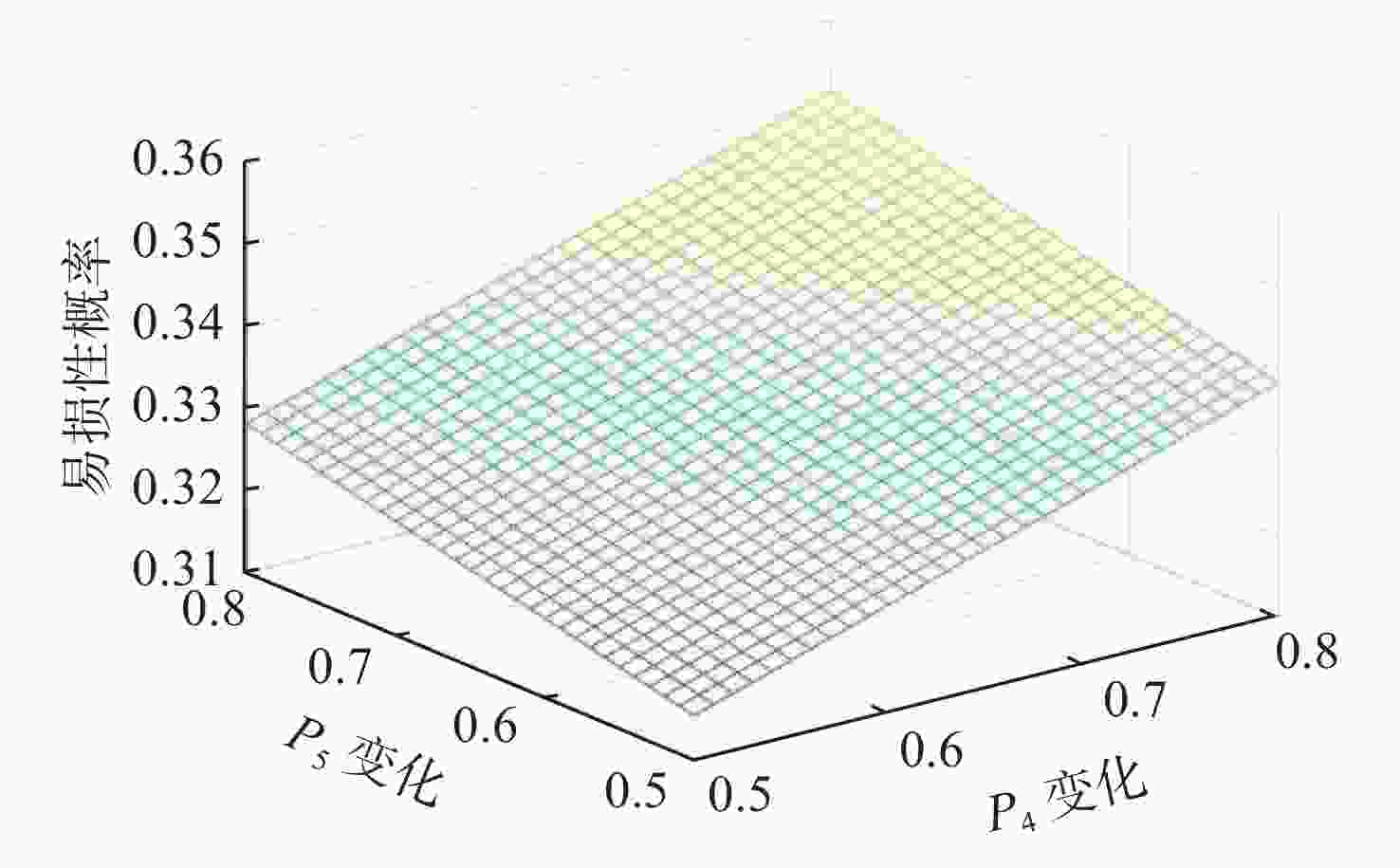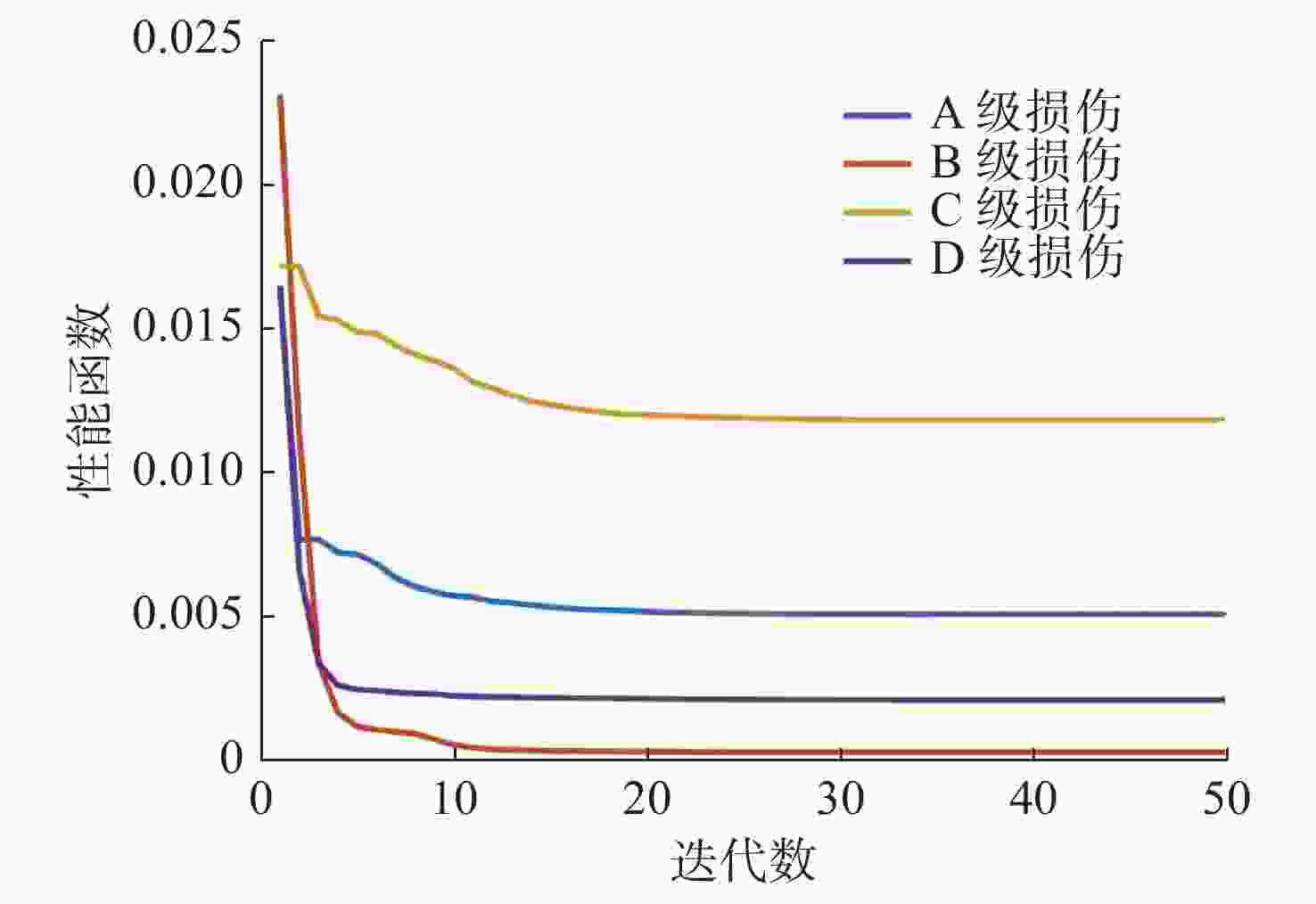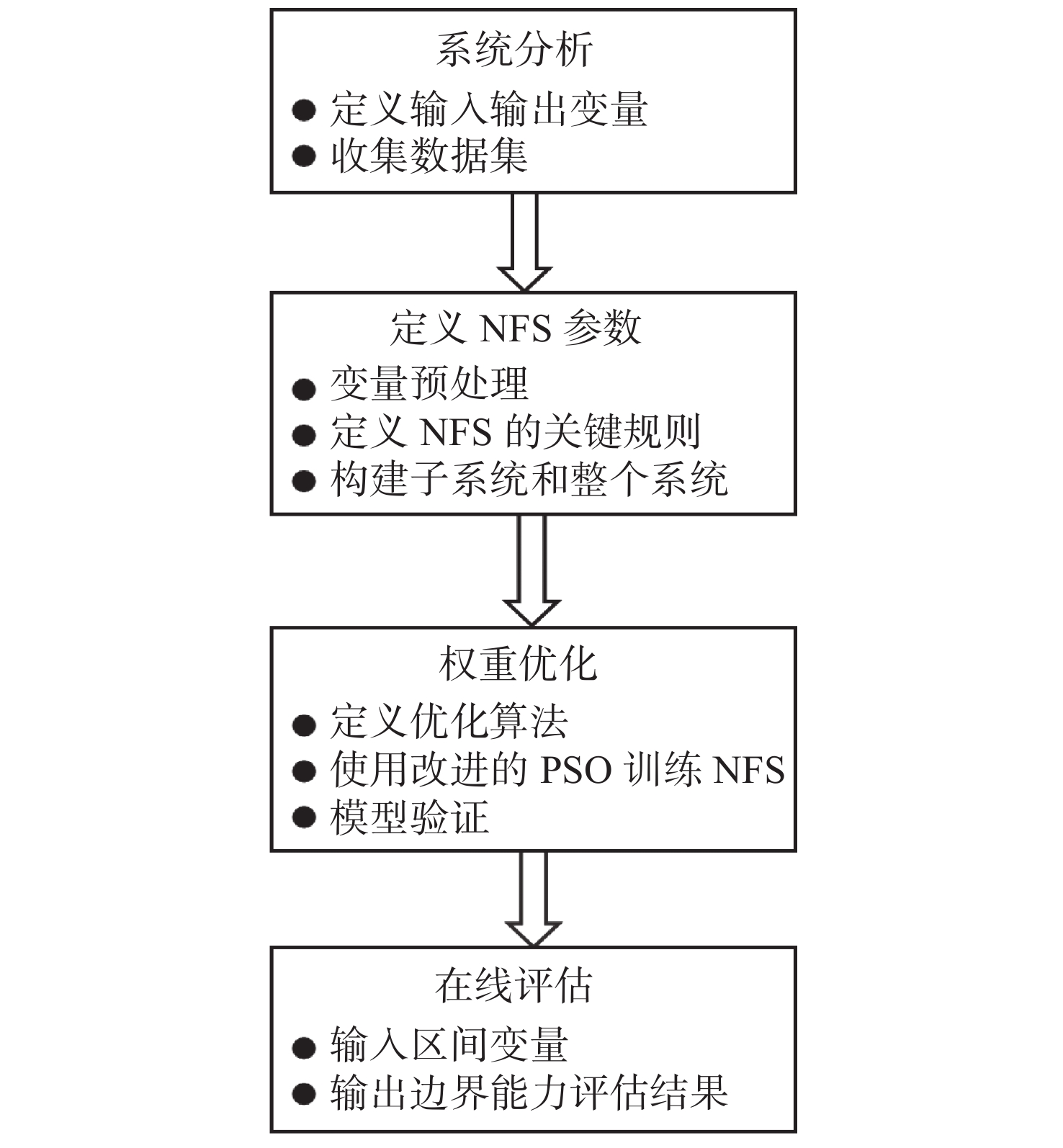| [1] |
孙诗南. 现代航空母舰[M]. 上海: 上海科学普及出版社, 2000: 84-85.
|
| [2] |
Wasmund T L. New model to evaluate weapon effects and platform vulnerability: AJEM[J]. Wstiac Newsletter, 2001, 2: 1-3.
|
| [3] |
Pusey H C. Technical information support for survivability[J]. The Shock and Vibration, 1983, 53(1): 21-31.
|
| [4] |
谢宗仁, 吕建伟, 徐一帆等. 大型武器装备总体战备完好性的多层次协调优化[J]. 系统工程与电子技术, 2017, 39(12): 2729-2737. doi: 10.3969/j.issn.1001-506X.2017.12.15Xie Zongren, Lü Jianwei, Xu Yifan, et al. Multi-level coordinated optimization of major weapon equipment's overall operational readiness indicators[J]. Systems Engineering and Electronics, 2017, 39(12): 2729-2737. doi: 10.3969/j.issn.1001-506X.2017.12.15
|
| [5] |
程莉莉, 罗威, 胡芷毅等. 舰载作战系统战备状态评价方法研究[J]. 计算机与数字工程, 2017, 45(9): 1790-1794. doi: 10.3969/j.issn.1672-9722.2017.09.021Cheng Lili, Lu Wei, Hu Zhiyi, et al. Research on Evaluation of the Ship-borne Combat System Operational States[J]. Computer & Digital Engineering, 2017, 45(9): 1790-1794. doi: 10.3969/j.issn.1672-9722.2017.09.021
|
| [6] |
彭辉, 姜强, 邓建辉, 等. 基于云模型的舰船战备完好性评估方法研究[J]. 中国舰船研究, 2021, 16(6): 61-71.Peng Hui, Jiang Qiang, Deng Jianhui, et al. Warship operational readiness integrity evaluation method based on cloud modelChinese[J]. Journal of Ship Research, 2021, 16(6): 61-71.
|
| [7] |
Koriem S M. A fuzzy Petri net tool for modeling and verification of knowledge-based systems[J]. The Computer Journal, 2000, 43(3): 206-223. doi: 10.1093/comjnl/43.3.206
|
| [8] |
Magott J, Skrobanek P. Method of time Petri net analysis for analysis of fault trees with time dependencies[J]. IEEE Proceedings Computers and Digital Techniques, 2002, 149(6): 257-271. doi: 10.1049/ip-cdt:20020804
|
| [9] |
Li X O, Yu W, Felipe L R. Dynamic knowledge inference and learning under adaptive fuzzy Petri net framework[J]. IEEE Transactions on Systems, Man & Cybernetics:Part C-Applications & Reviews, 2000, 30(4): 442-449.
|
| [10] |
Li X O, Felipe L R. Adaptive fuzzy Petri nets for dynamic knowledge representation and inference[J]. Expert Systems with Applications, 2000, 19(3): 235-241. doi: 10.1016/S0957-4174(00)00036-1
|
| [11] |
夏世芬, 毛大会, 徐杨. 一种算子模糊逻辑系统及其Petri网推理算法[J]. 模糊系统与数学, 2008, 22(1): 7-14.
|
| [12] |
Xia S F, Mao D H, Xu Y. An operator fuzzy logic system and its inference algorithm of Petri net[J]. Fuzzy Systems and Mathmetics, 2008, 22(1): 7-14.
|
| [13] |
Shi Y, Eberhart R C. A modified particle swarm optimizer[C]//IEEE International Conference of Evolutionary Computation, Alaska: IEEE, 1998: 69-73.
|
| [14] |
Clerc M. The swarm and the queen: Towards a deterministic and adaptive particle swarm optimization[C]// Proceedings of the 1999 Congress on Evolutionary Computation, Washington, USA: IEEE, 1999: 1951-1957.
|
| [15] |
Schouten N J, Salman M A, Kheir N A. Fuzzy logic control for parallel hybrid vehicles[J]. IEEE Trans on Control Systems Technology, 2002, 10(3): 460-468. doi: 10.1109/87.998036
|
| [16] |
Mendel J M. Type-2 fuzzy sets and systems: an overview[J]. IEEE computational intelligence magazine, 2007, 2(1): 20-29. doi: 10.1109/MCI.2007.380672
|
| [17] |
Mendel J M. Advances in type-2 fuzzy sets and systems[J]. Information sciences, 2007, 177(1): 84-110. doi: 10.1016/j.ins.2006.05.003
|
| [18] |
李典庆, 张圣坤. 水面舰船生命力研究现状及方向概述[J]. 造船技术, 2003(5): 3-6+10. doi: 10.3969/j.issn.1000-3878.2003.05.001
|
| [19] |
Shu M H, Cheng C H, Chang J R. Using intuitionistic fuzzy setsfor fault-tree analysis on printed circuit board assembly[J]. Microelectronics Reliability, 2006, 46: 2139-2148. doi: 10.1016/j.microrel.2006.01.007
|
| [20] |
Isazadeh A, Nouri H, Rezvan M. An evolutionary system architecture for information protection[J]. Applied Mathematics and Computation, 2008, 197: 687-691. doi: 10.1016/j.amc.2007.08.038
|
| [21] |
Dong Y H, Yu D T Estimation of failure probability of oil and gas transmission pipelines by fuzzy fault tree analysis[J]. Journal of Loss Prevention in the Process Industries, 2005, 18(2): 83-88.
|
| [22] |
Olaru C, Wehenkel L. A complete fuzzy decision tree technique[J]. Fuzzy Sets and Systems, 2003, 138(2): 221-254. doi: 10.1016/S0165-0114(03)00089-7
|
| [23] |
Deng W, Liu H L, Xu J J, et al. An improved quantum-inspired differential evolution algorithm for deep belief network[J]. IEEE Transactions on Instrumentation and Measurement, 2020, 69(10): 7319-7327. doi: 10.1109/TIM.2020.2983233
|
| [24] |
Talpur N, Abdulkadir S J, Alhussian H, et al. Deep Neuro-Fuzzy System application trends, challenges, and future perspectives: A systematic survey[J]. Artificial intelligence review, 2023, 56(2): 865-913. doi: 10.1007/s10462-022-10188-3
|
| [25] |
Shihabudheen K V, Pillai G N. Recent advances in neuro-fuzzy system: A survey[J]. Knowledge-Based Systems, 2018, 152: 136-162. doi: 10.1016/j.knosys.2018.04.014
|
| [26] |
Tan H, Ren Z Y, Yan W, et al. A wind power accommodation capability assessment method for multi-energy microgrids[J]. IEEE Transactions on Sustainable Energy, 2021, 12(4): 2482-2492. doi: 10.1109/TSTE.2021.3103910
|
| [27] |
Hosseini S A, Abbaszadeh Shahri A, Asheghi R. Prediction of bedload transport rate using a block combined network structure[J]. Hydrological Sciences Journal, 2022, 67(1): 117-128. doi: 10.1080/02626667.2021.2003367
|




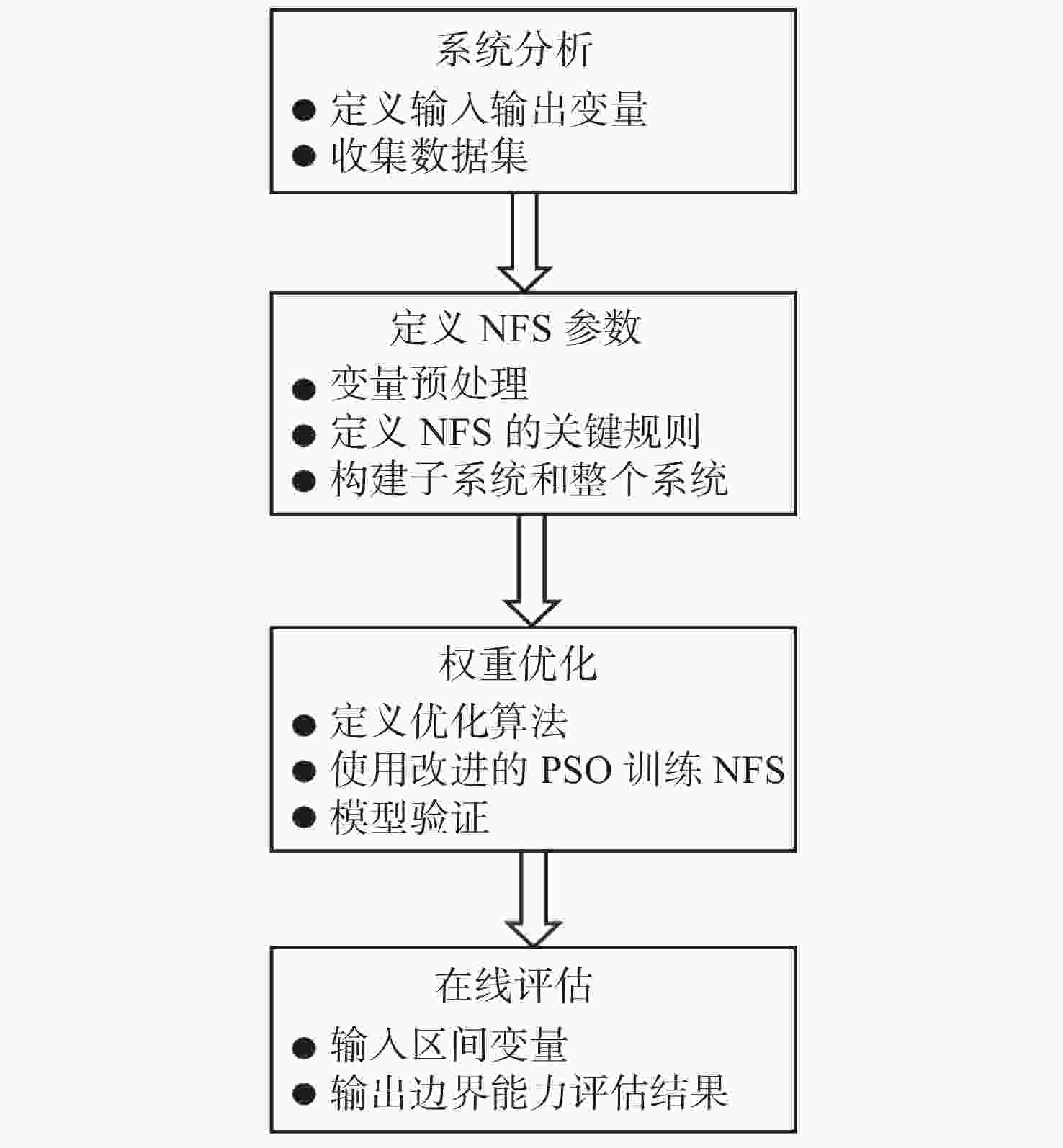
 下载:
下载:
